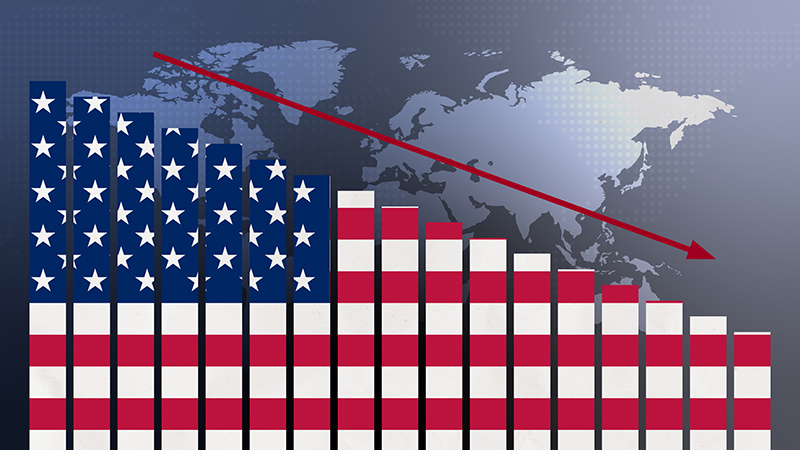Despite this, he said in a recent note, a number of risks remain worth keeping an eye on.
The first of these is a hard landing in China. “We are entering our second year of pessimism about Chinese growth and things are panning out much as we had expected,” he said.
But he added, because policymakers are employing the minimum amount of stimulus possible to meet the lower end of growth targets in a bid to wean the economy off its credit addiction, the country looks to be heading for a protracted soft landing.
The second risk is the state of economic growth within the Eurozone. While the group had expected low but positive growth from the Eurozone this year, Foster said, the risk of recession is rising as we head into 2015.
“The Eurozone needs both stimulus and reform but is running out of time in the current political cycle in which to enact the reform. The saving grace is that China’s weak growth now appears to be weighing heavily on Germany’s trade surplus, which had been a major source of imbalance within the Eurozone.”
Thus, he added, while slower Chinese growth could trigger an economic realignment which finally begins to “unwind some of the imbalances that have defined the global economy for the last decade or two”, this realignment must be accompanied by reform and stimulus in the Eurozone – both of which continue to have question marks behind them, as, he explains, the firm remains uncertain about the ECB’s willingness and ability to push through its proposed quantitative easing programme.
The final risk lies in inflation, but this too, Foster remains fairly upbeat about.
The fall in oil and gas prices is proving to be a much better stimulus for growth than the monetary easing that is now being wound down.
“Quantitative easing worked through buying government bonds, to lower government bond borrowing costs, which in turn lower corporate bond prices and thereby encourage investment. The extent to which that feeds through to households and small businesses is difficult to quantify but it is clearly far from direct. By contrast, a fall in the oil price represents cost savings for almost every economic strata, from large airlines and shipping companies to sole traders and commuters,” he explained.
But, he added, importantly, it does not represent a rise in inflationary pressures.
“The current move in the market, even in the UK, has not yet triggered the 10% decline which would make it a technical “correction”. It does, however, give monetary policymakers the scope to react to any weakening of core inflation even as weakness in food and energy prices have the potential to boost disposable incomes and profits globally.”











